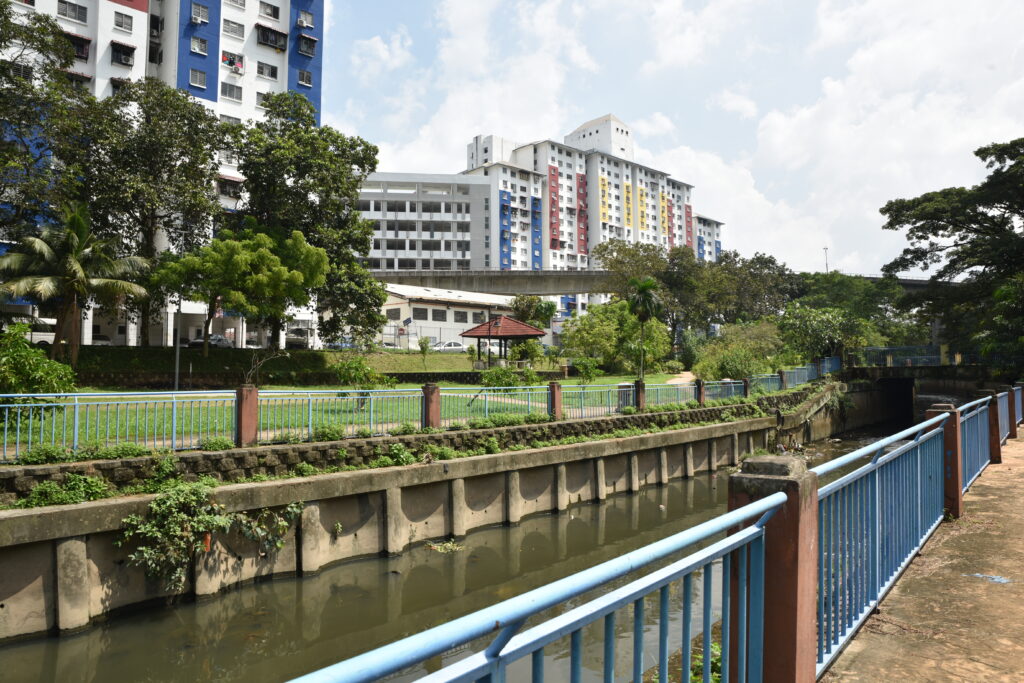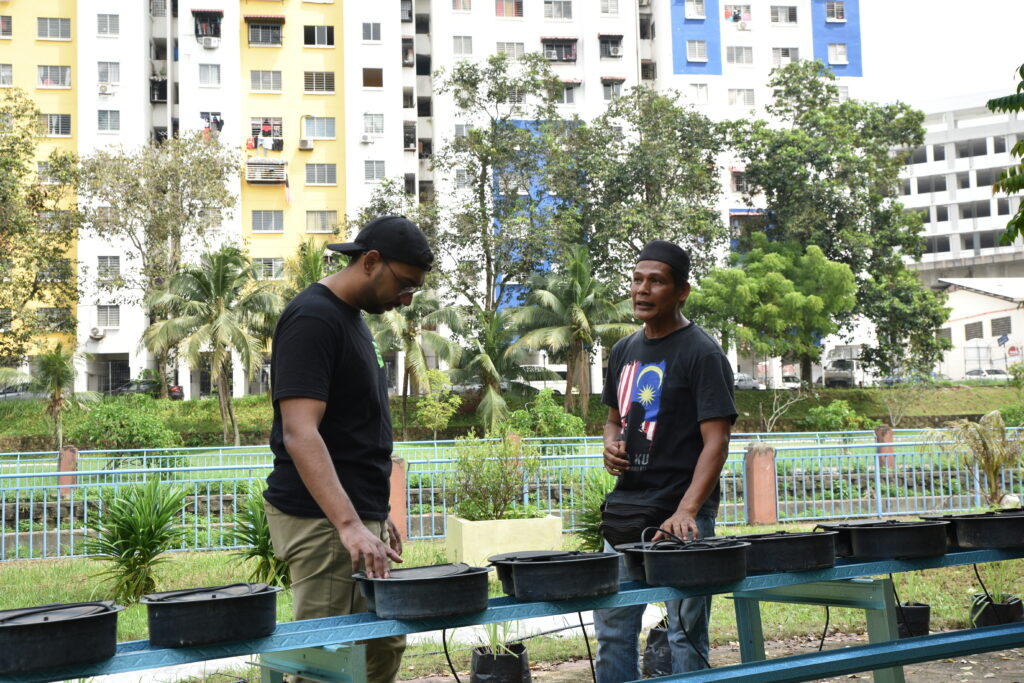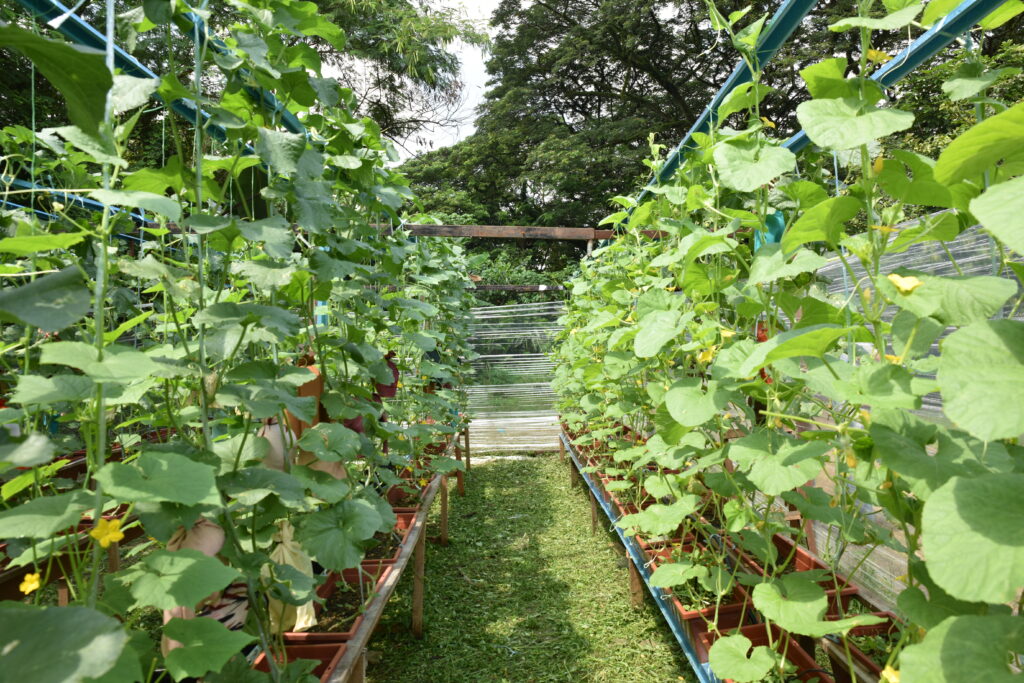Urban farming doesn’t need to be complicated, difficult, or expensive! Using recycled household items, a few garden centre items, as well as a bit of work and time, you can turn any unused land into a thriving urban farm to produce fresh and wholesome produce for all!
What is Urban Farming?
Urban farming refers to a range of agricultural activities conducted in an urban setting. It can range from small vegetable gardens to large chicken and fish farms, both in an urban elevated or a suburban landed setting. Our guide will focus on creating a vegetable farm in an urban setting, such as an apartment complex or block of flats!
Getting Started
Starting an urban farm can be daunting to some but don’t worry, start small and expand as you go. Gardening really is easier than you think and in due time, you can have a big sprawling urban farm that you can tend to together with your local community.

Step 1:
Finding a farming plot
All you really need to start an urban farm is just a parcel of unused land with lots of light. We recommend a grassy area like a verge or median, but an area without grass works too, as you can use planter boxes or pots to start your farm. All you need is light!

Step 2:
Determine the crops you’d like to grow
We recommend leafy vegetables local to Malaysia such as pak choy, choy sum, sawi, and kangkung. These grow quickly and can be grown in the hot Malaysian weather without burning. Herbs such as ulam raja and pegaga are great too. Seeds for these plants are readily available in garden centers and supermarkets.
Step 3:
Prepare your plot
If you’re using plant pots or planter boxes, make sure you’ve cleared the plot of land you’ve chosen in order to allow better access as well as to minimise pest-breeding sites. If you’re working with a grassy plot, you’ll have to clear the plot of any weeds or large plants. Once you’ve done that, you’ll need to aerate the soil by hoeing the ground in order to prepare it for sowing the seeds you’ve chosen.

While it is ideal for you to test the soil, the time and cost associated with soil testing may be inconvenient for some. Don’t worry, Malaysian soil is generally suited for agricultural purposes. We do however recommend testing the pH of the soil to make sure it is not too acidic or basic for the purposes of farming.
Step 4:
Plant your seeds
When you’re ready, determine a row in the ground where you’d like your plants to grow. Then, dig a small strip of land along the length of the row between 0.5 – 1 cm deep where your seeds will go. Then, place a few seeds, and repeat, spacing each seed group by around 5 – 10 cm from each other. Then place soil on top of the seeds and water. This method works if you’re growing your plants in long planter pots too!
If you’re planting your plants in pots, then just place the seeds into the soil and you’re done!

Step 5:
Structures and maintenance
Consistent watering is key to ensuring your plants can grow. Watering your plants once a week is more than ideal. We also recommend using fertiliser though take care not to over fertilise your plants. A small amount of fertiliser goes a long way! Four to five grains of fertiliser is more than enough for a small plant pot’s worth of soil. A teaspoon may be too much. We recommend building a structure of netting above your plants in order to keep pests away. We recommend this method of pest control as opposed to the use of chemical pesticides, which may not be suitable in smaller environments.

Step 6:
Harvesting
For leafy greens such as kangkung and sawi, your plants should be ready for harvest in as little as 5 months! Once you have a good yield, you can pluck the plants out of the ground by the roots and have fresh leafy greens ready to be eaten.

Upgrades!
Once you’re ready to expand your urban farm, you can start looking at other methods of farming which may be suitable depending on your conditions
Hydroponics
A hydroponic farm is great especially if you have little to no space. A hydroponic farm requires no soil but does use water as a growing medium mixed with hydroponic solution, which is a combination of growing nutrients plants need for growing.
We recommend you start with a small hydroponic growing kits complete with hydroponic solution which are sold online or at your nearest garden center.

Vertical Farming
If you’re short of space on the ground, a vertical farm can be your solution! You can use a rack with enough vertical space between levels (between 30 – 50 cm) or even build a shelf of planter boxes raised on top of each other filled with soil.
The steps to sowing and growing your plants will be the same as farming in the ground. Keep in mind however that the kinds of plants suitable for vertical farming differ from those suitable for conventional farming. As a rule of thumb, herbs and leafy vegetables work best!
